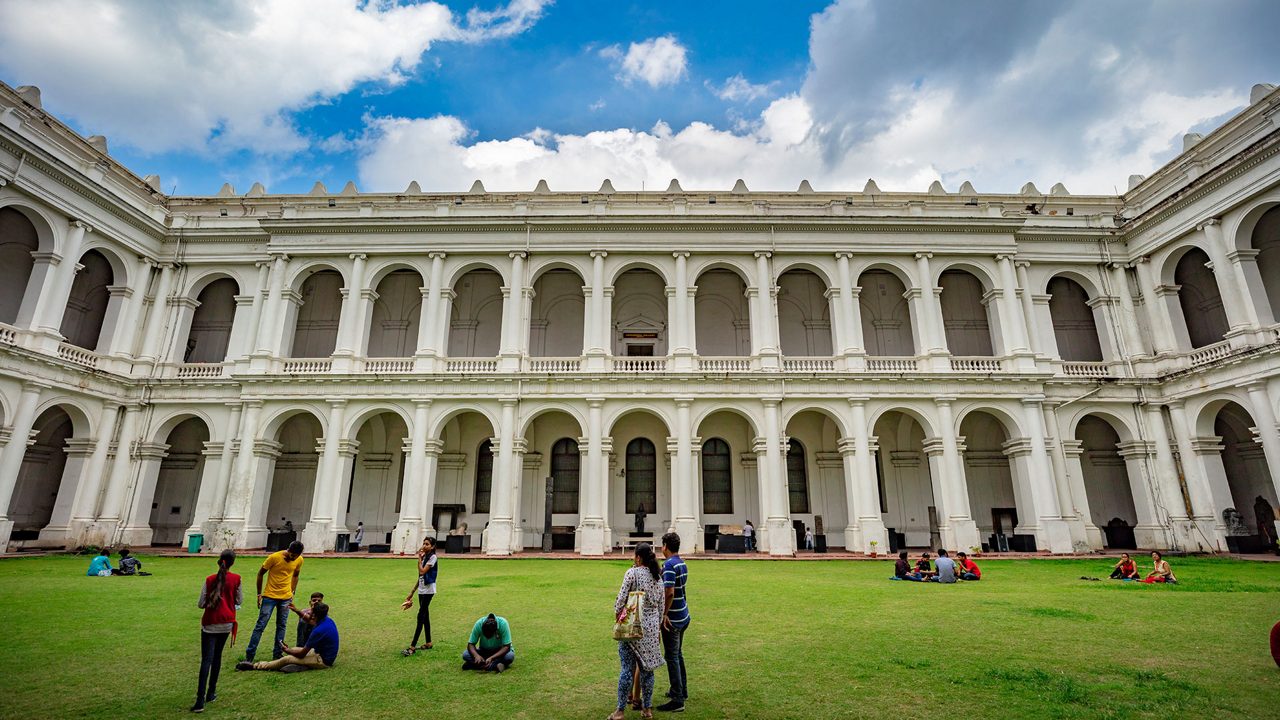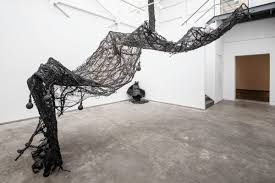
Menu

The art of papier-mâché in Kashmir is more than just a craft—it’s a reflection of the region’s cultural legacy and centuries-old artistic spirit. Introduced in the 14th century by Persian artisans, this form of decorative art quickly found a home in the valleys of Kashmir, blending seamlessly with local aesthetics.
Papier-mâché in Kashmir is a two-step process: ‘Sakhtsazi’ (making the base) and ‘Naqashi’ (painting and decoration). Artisans use recycled paper, soaked and molded into desired shapes—boxes, vases, ornaments, and more. Once dried and hardened, the surface is smoothed, primed, and meticulously hand-painted with floral patterns, geometric designs, and sometimes religious motifs. The colors are often vivid, and the gold leafing adds a touch of regal charm.
Traditionally, the themes are inspired by nature and Kashmiri folklore. Each piece is unique, showcasing the artisan’s creativity and precision. From humble beginnings, papier-mâché became a symbol of Kashmiri identity, often gifted or exported as luxury handicrafts.
Despite its historical significance, the craft faces challenges. Mass production, lack of patronage, and diminishing market interest have endangered the livelihood of many artisans. However, a renewed interest in eco-friendly, handmade decor is helping revive this fading tradition.
Non-profits and government initiatives are stepping in to support local artisans through workshops, exhibitions, and online platforms. Schools in Kashmir are also beginning to teach papier-mâché as part of their curriculum—ensuring that this colorful legacy continues.
Kashmiri papier-mâché is more than decorative art—it’s a celebration of resilience and tradition, crafted lovingly from paper and passion.



